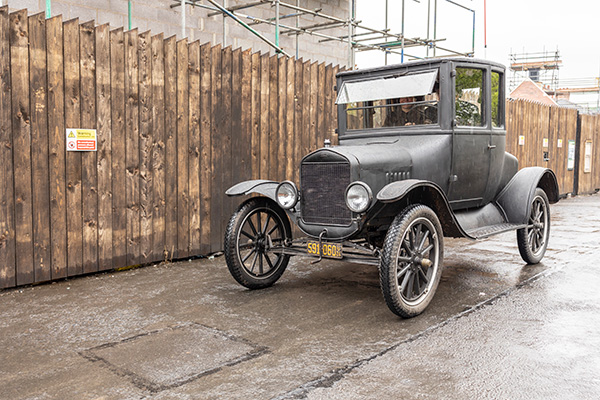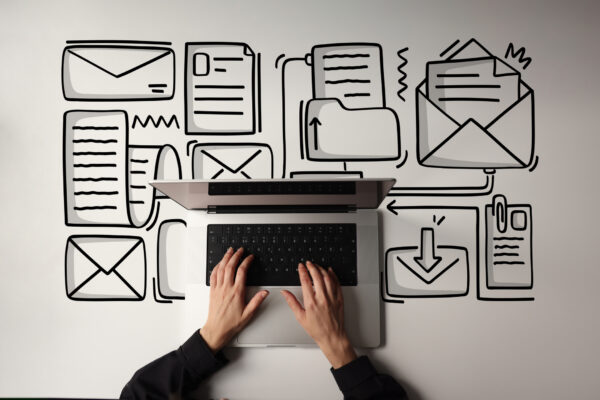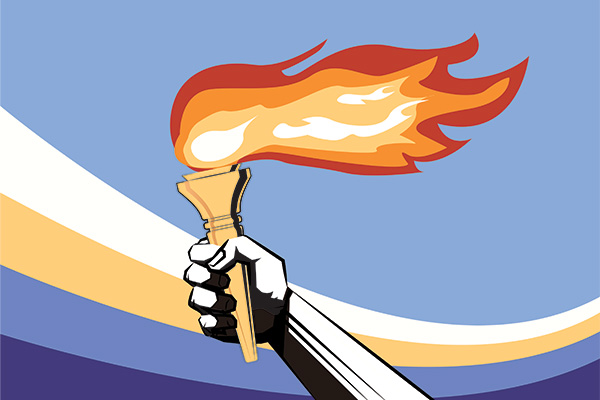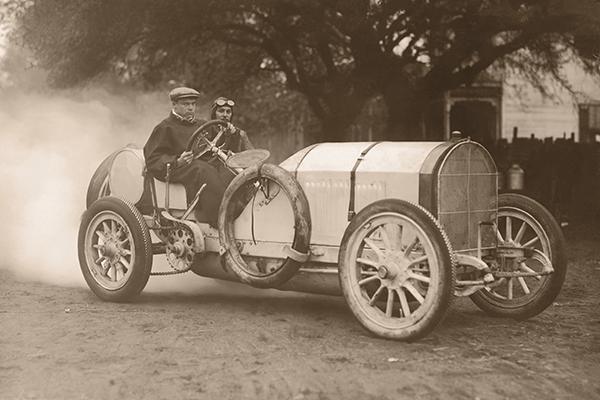Lessons from a Trip Down Memory Lane

Article Highlights:
- The evolution of automotive manufacturing can teach us about the future.
- Patterns of specialization and constant improvement presented themselves.
The legacy of the automotive industry is one of triumph and progression. One thing that comes to mind is the evolution of manufacturing. It’s hard to believe that 110 years ago, the modern assembly line was created. How much it has changed since then is astounding.
Let’s take a trip down memory lane. In the early 1900s, Ransom E. Olds conceived multiple vendors, several of which later became car manufacturers themselves, could build a part of the vehicle, and then bring it to one central location for assembly. Olds also used interchangeable parts for similar vehicles. This was only the beginning of revolutionizing the automotive manufacturing landscape.
Subsequently, Henry M. Leiland, who later founded Cadillac, standardized parts that could be interchanged on several vehicle models. These forward thinkers paved the way for mass production assembly plants.
Henry Ford improved on the idea of standardization by designing and implementing the car assembly line. Taking inspiration from the food industry, he implemented a strategy to move parts to people using a series of levers and pulleys which eventually became the modern, moving assembly line. These advancements drastically improved the speed and efficiency of vehicle manufacturing, reducing production time from more than 12 hours to just over one and a half hours for the Model T.
Today, we can see parallels between the advancement of vehicle manufacturing and modern automotive retailing.
Automotive Retail Advancements
In the past, customers had to visit a dealership for information about a vehicle, payment options, and paperwork completion. Now, customers have the flexibility to purchase a vehicle online, in-store, or a combination of both. They may even move back and forth between your website and your physical storefront multiple times during a single vehicle purchase. Because of automotive retail advancements, you can now engage with these customers immediately and make sure everything is tracked and accurate along the way. This improves efficiency for your dealership, speeds up the sales cycle, and provides your customers with a better experience.
Another innovation in the sales process is the move from printing and signing 39 feet of paper to a digital process where forms can be signed, sent, and even stored electronically. This has significantly reduced the time customers spend waiting on paperwork prep before going into F&I and actually reviewing and signing documents. It also reduces time for dealership funding.
Shifts in Service
Service is no different. Until very recently, the most customers could do online was schedule their appointment, and that was a pretty cumbersome process for all parties. With the latest technology, customers can now do a host of things online, like get real time updates on their vehicle status, access all their documents online, review and approve or decline recommended work, view photos and videos of their vehicle, and make payments. You can also leverage kiosks or QR code technology for seamless and hassle free check-ins. The goal today is to enhance the customer experience and overall efficiency of the service drive no matter where your customer is.
Looking Ahead
The key to the future is finding ways to be more efficient; a cycle of constant evolution. Whether you’re streamlining processes, automating manual, menial tasks, or improving customer satisfaction, it never hurts to look at what has been done in the past to improve the future.
Related Articles:

From Mailbox to Inbox: A Hybrid Approach to Reaching Your Customers
It’s easy to weigh the pros and cons of an email marketing strategy versus a direct mail one. Email marketing delivers your message to customers…

Crafting a Winning Story: Dealership Lessons from Olympic Opening…
While most dealerships aren’t getting Olympic-level coverage, it’s still important to think about what kind of story you’re conveying to consumers.

The Evolution of Cars and Consumer Expectations
Have you ever thought about how far the automotive industry has come since the creation of the first car? From three-wheeled cars to punch-inducing Volkswagen Beetles…

4 Things Every Dealership Can Do to Prepare for Future Success
Right now, your dealership is successful and running smoothly. That’s a great first step towards ensuring future success, but there’s always more work to do.…















